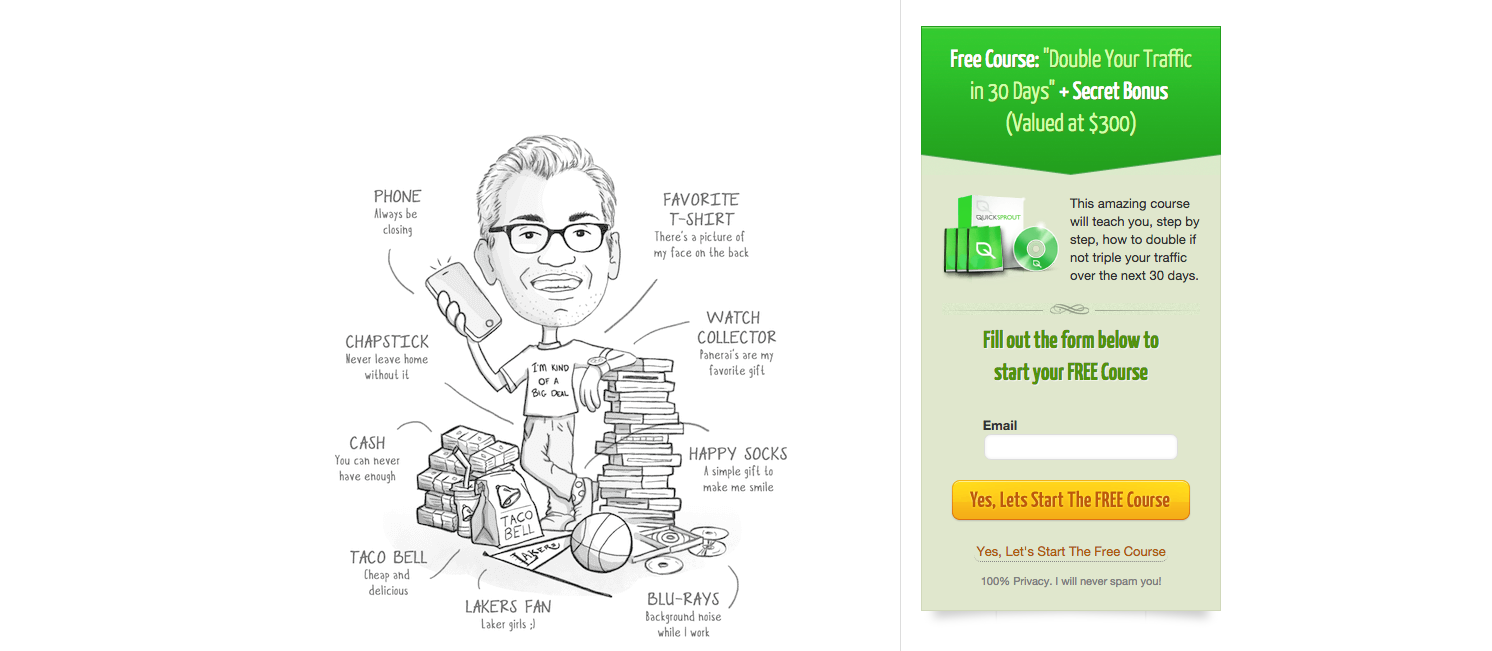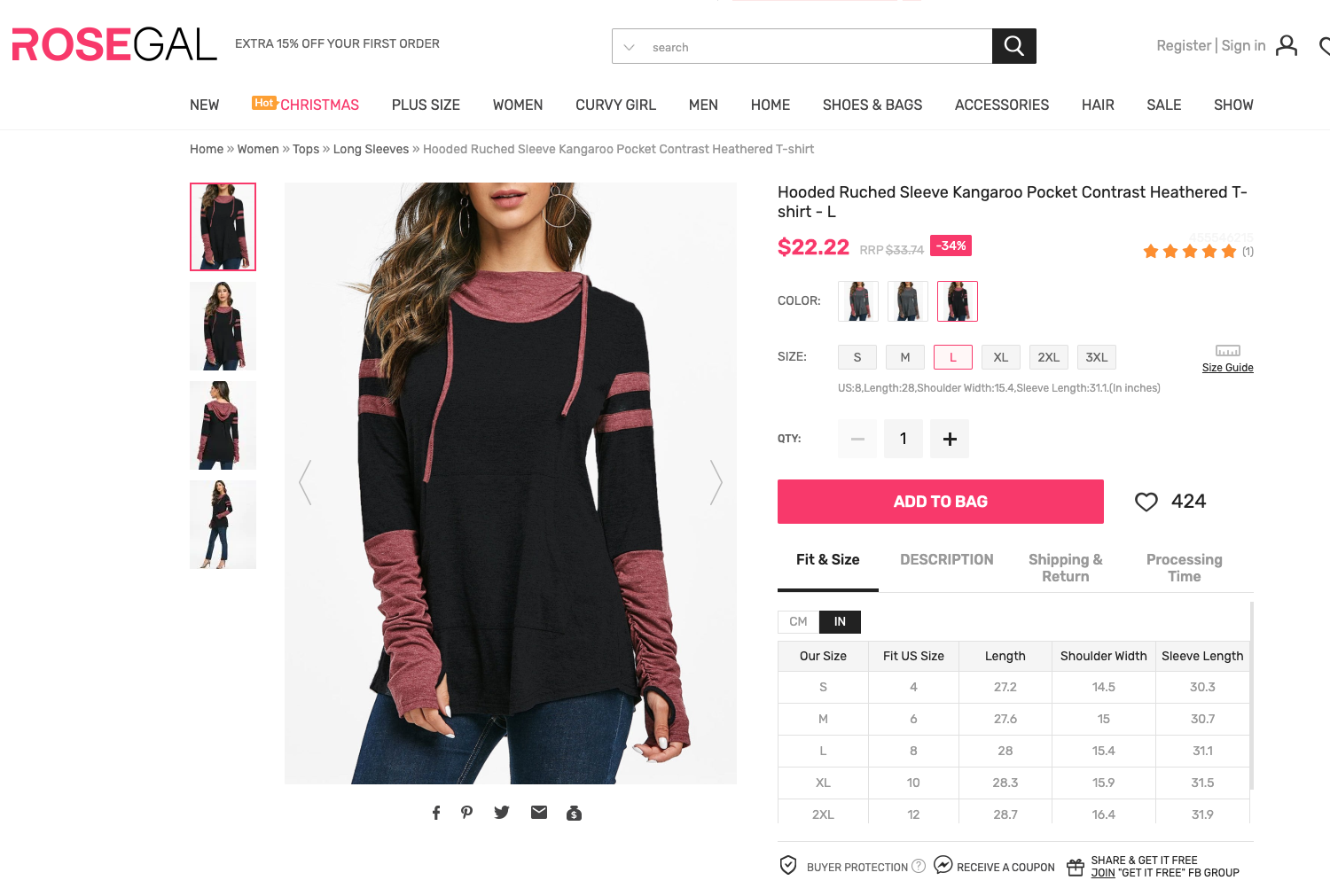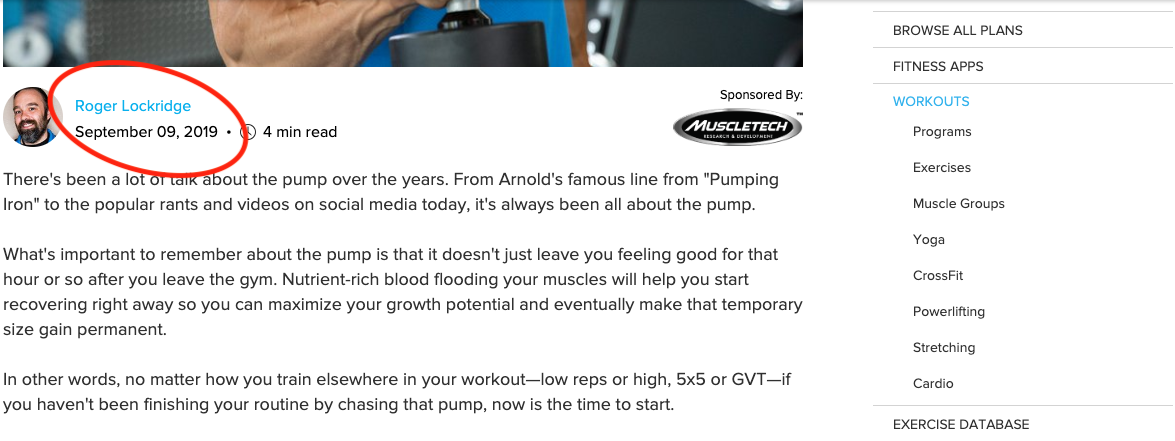Conversion optimization really comes down to influence - influencing people to become your customer. With that in mind, retailers need to be considering how the psychology of influence can be used to increase conversions and sales. Cialdini’s six principles of influence are the gold standard of persuasion psychology, and retailers have already started to capitalize on them: Airbnb used just one of the six principles to increase user signups and bookings by 300%.
Principle #1: Reciprocity
Simply put, people want to return favors. When someone does something for us, we tend to feel indebted and want to pay the person back somehow. Have you ever made an unplanned purchase from Costco because you ate a free sample and felt obliged to buy some? That is reciprocity at practice. Unfortunately, you can’t go to a potential customer’s house to give them a back-scratch with hopes of them retuning the favor, so how can you use reciprocity?
Give Customers a Free Gift
There are a couple of different ways you can approach doing this. Give them a free gift before they purchase or give them a free gift after they purchase. QuickSprout begins by offering users a free course upfront, knowing that users are more likely to reciprocate and sign up for an actual course.

Source: QuickSprout
Principle #2: Commitment & Consistency
Self-image can be a powerful motivator. Cialdini’s principle of commitment and consistency states that when people make a public commitment to something, they are likely to follow through with it.
For retailers, this means that getting potential customers to make a small commitment to your brand will help drive sales down the road. This commitment can simply be signing up for emails or starting a free trial.
Zappos uses this principle in a different way. They make it incredibly easy for customers to return their purchase, which reduces the friction of making a purchase in the first place. Zappos knows that once a customer actually receives their product and unboxes it, their commitment to the product will deter most from returning it.
Principle #3: Liking
People want to say “yes” to people they like. But for retailers, how can you get customers to like you? Start by showing some personality.
Tell your Story
The “About Us” section of your website is a great opportunity for you to show a more personal side of the brand, and establish some similarities with your customers. Take a look at FiftyThree’s “About” page, which is a simple and personable page that speaks to people like themselves – people that make stuff.

Source: FiftyThree’s
Another great example of the liking principle in practice is from Medali Art, an online art store which increased conversion rates 95% by including a picture of the actual artists that created the paintings.
Principle #4: Social Proof
The principle of social proof is tied to the principle of liking, because people tend to do things they see others do. One of the oldest tricks up the restaurant-marketer’s sleeve is to leave a line-up of customers outside so people walking by see the line-up and are influenced to stop and eat. But I won’t tell you to leave your customers out in the cold.
Social Shares
One of the simplest ways to begin leveraging the influence of social proof is to include social sharing buttons on your website and product page, and show potential customers how many people have “shared” or “liked the product so far.
For some people, particularly Millennials, social sharing is an incredibly effective form of social proof. Women’s fashion website Rose Gal does a good job of using social sharing by making the social sharing bar accessible and also including a favorite button for website members.

Source: Rose Gal
Customer Reviews and Testimonials
Customer reviews and testimonials work in a similar way to social shares in that they show to potential customers that other people are using and like the product. For expensive products, a testimonial may be a more effective form of social proof than social shares. Dutch biking company, FietsPunt.nl, found that simply adding customer testimonials to the product page increased sales by 37%.
Principle #5: Authority
People tend to obey authority figures. Yes, rebels do exist, but studies have shown that most people will obey authority if directed to do something by someone they perceive as an expert.
Although there are a number of different ways to establish authority, one great tactic for retailers is to establish expert authority.
Establish Yourself as an Expert
Of the several different ways to establish yourself as an expert, one of the most commonly used is to write a blog. It is important that the blog has high quality content so people begin to associate your brand as the industry expert.
Alternatively, consider showing your credentials. Studies have shown that patients are more likely to follow a physiotherapist’s workout plan if they display their credentials on the wall of the clinic. Retailers can do this too. Bodybuilding.com not only has a blog with workout and fitness tips, but authors display their credentials in order to emphasize their expertise.

Source: Bodybuilding.com
Principle #6: Scarcity
Simply put, people want the things they can’t have. In 1975, a study was conducted to test the effect scarcity had on people. The test merely asked participants which cookie they would value more, one from a jar with ten cookies or one from a jar with two cookies. Although the jars and cookies were identical, scarcity influenced people to value a cookie from the jar with only two left more than the one with ten cookies.
Show the Quantity (Cookies) Available
You can leverage this tendency by displaying to customers the number of units left in stock. RetroCitySunglasses has a page called “Almost Gone!” which is solely dedicated to products that are nearly out of stock
Putting it all Together
You may have been surprised not to see a principle on pricing but that is actually for good reason. Cialdini describes price as being the size of the risk in making a purchase. In other words, people will be a lot more cautious making a $1,000 purchase compared to a $1 purchase.
At their core, these principles represent an effective way to reduce your customer’s perceived risk of making a purchase. The principle of social proof reduces the risk of making a purchase because others have vouched for the product’s quality. The principle of scarcity increases the risk associated with not making a purchase, because if the customer does not act now they may miss out.
So now that you understand the six principle of influence, don’t be afraid to offer the occasional free sample or boast about your credentials. Although you might not be able to use all six principles at once, add them strategically throughout your website and watch your conversions and sales grow!
